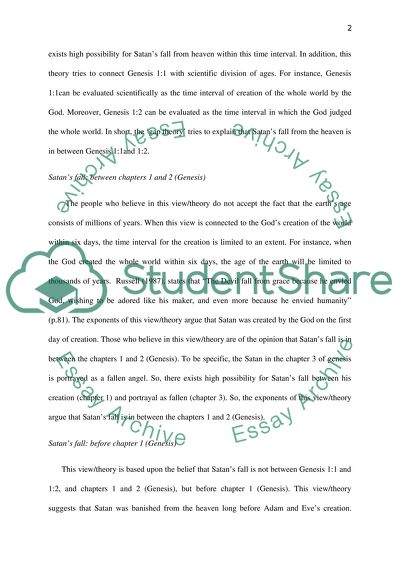Cite this document
(“Satan's fall from Heaven Research Paper Example | Topics and Well Written Essays - 3000 words”, n.d.)
Retrieved de https://studentshare.org/religion-and-theology/1390890-satan-s-fall-from-heaven
Retrieved de https://studentshare.org/religion-and-theology/1390890-satan-s-fall-from-heaven
(Satan'S Fall from Heaven Research Paper Example | Topics and Well Written Essays - 3000 Words)
https://studentshare.org/religion-and-theology/1390890-satan-s-fall-from-heaven.
https://studentshare.org/religion-and-theology/1390890-satan-s-fall-from-heaven.
“Satan'S Fall from Heaven Research Paper Example | Topics and Well Written Essays - 3000 Words”, n.d. https://studentshare.org/religion-and-theology/1390890-satan-s-fall-from-heaven.


